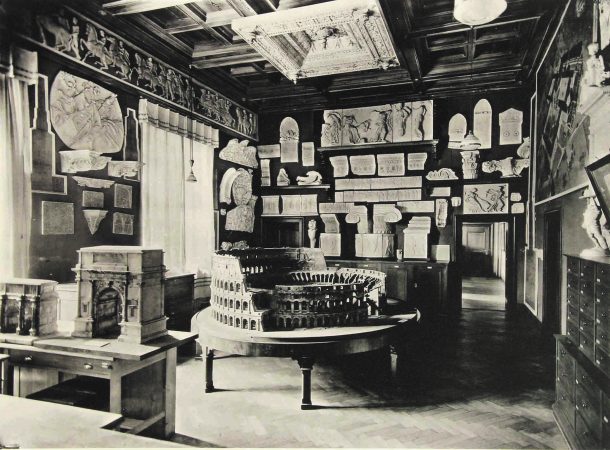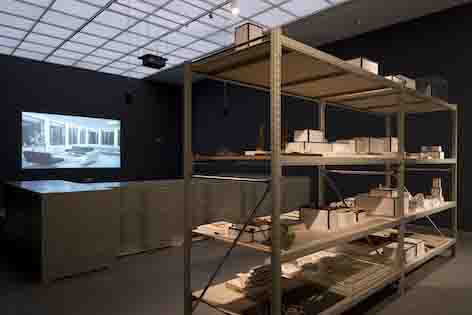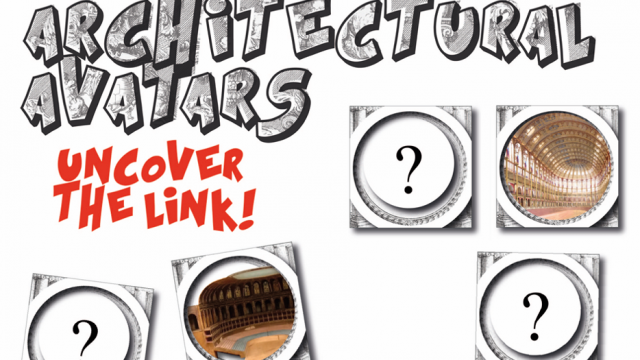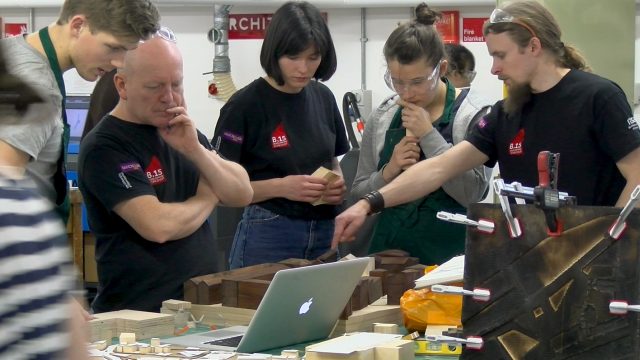
The Architekturmuseum is a Network Partner in Architectural models in context: creativity, skill and spectacle, an AHRC-funded research network hosted at the V&A.
The origins of the Architekturmuseum’s model collection are inextricably linked to the formation of the Polytechnische Schule in 1868. Modelling had been part of the curriculum for architecture students under Carl von Fischer at the Bauschule der Akademie der Bildenden Künste (the local art school) since 1809. With the foundation of the new school which would later become the Technical University, a second institution in Munich embarked on teaching architecture. The school assembled a “collection for modeling and embossing” that was overseen by sculptor Conrad Knoll and contained about 600 plaster casts made after replicas of antique buildings as well as original casts of Renaissance buildings. Several large cork models by Carl and Georg May were loaned to the school by king Ludwig I, among them a 1:60 scale model of the Colosseum. After the art school discontinued their architecture program in 1873, additional copies from the collection of Friedrich Hoffstadt were given to the university.
The purpose of the model collection was to provide students with examples for copying antique and classicist designs. In 1913, it was moved into an imposing sequence of rooms on the second floor of the university’s main building on Gabelsberger Strasse. Drawings, cork models and plaster casts were permanently arranged in several study rooms. Yet, by the time the installation opened the collection’s importance for education was already waning due to the declining interest in historical role models. Friedrich von Thiersch was the last teacher to use the models for his class. The demise began under his successor German Bestelmeyer who deaccessioned parts of the teaching collection in 1922. After World War II, all remaining objects were incorporated into an architectural archive. Winfried Nerdinger became the first director of the newly formed Architekturmuseum and began to use it for exhibitions. He quadrupled the holdings by adding archives of architects which often included models.
Today, only a few of the original models survive as part of the collection. About 90 original plaster casts are still owned by the museum. Many others were given to the Abguss-Sammlung, a museum of plaster casts. The cork models were given to Schloss Johannisburg in Aschaffenburg. At the same time, the scope of the archive grew beyond the initial focus on a classicist canon to include both historical and contemporary architecture. The oldest object in the collection is now a model of the falsework for a vault from the second half of the 17th century. The youngest is a model of the New Canada Music Center by Allied Works Architecture from 2016. As one of several focal points, there is a remarkable number of engineering models by well-known architects such as Heinz Isler, Richard Dietrich or Günter Behnisch.

The museum continues to honor its tradition and close association with teaching architecture. As part of our responsibilities as the Chair of Architectural History and Curatorial Practice of the Technical University we teach seminars focused on analyzing the collection and the display of models. We still collect objects that are produced at the faculty of architecture, among them 300 models of residential buildings that were built by Friedrich Kurrent’s students and assistants which remain popular for exhibitions and tours with local school children. As such, our mission has grown over the last century and a half: models are no longer reserved to students and researchers but are now open to a wider audience.
To find out more about the network visit our project page.


